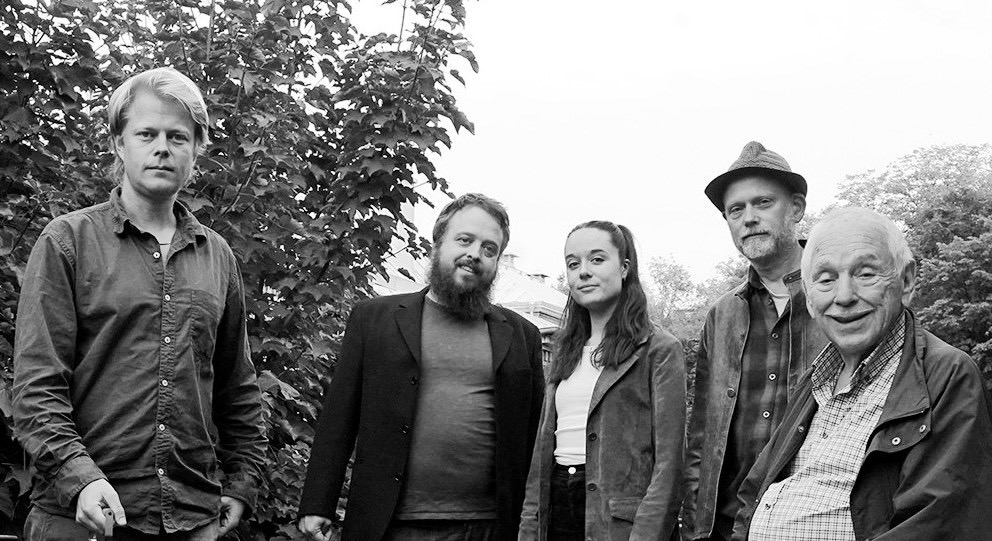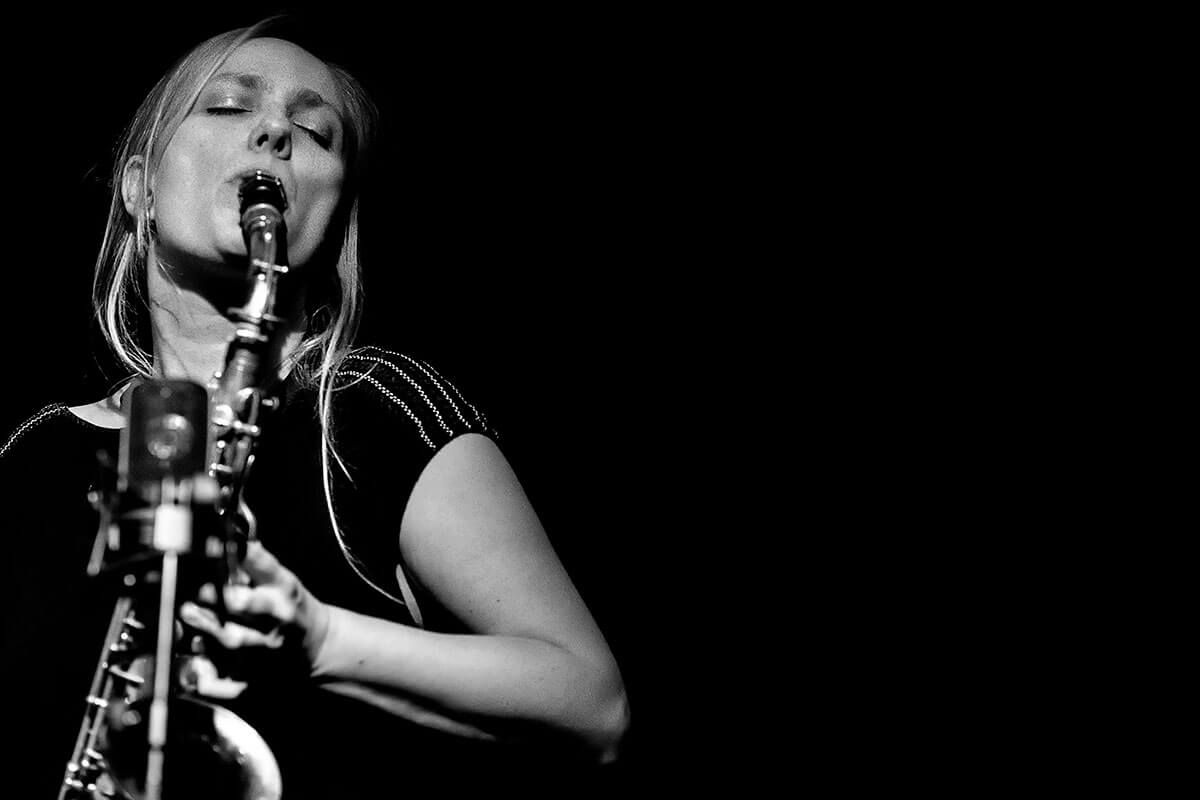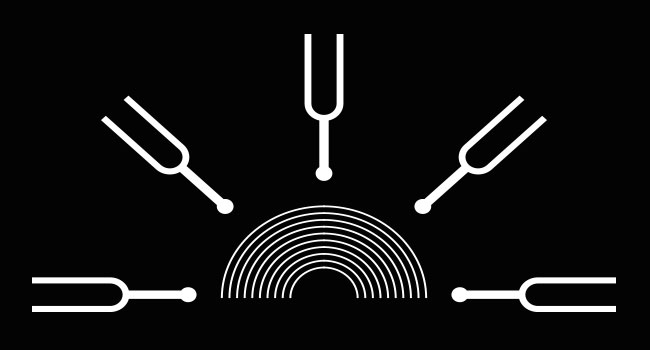Abstinence Violation Effect AVE
The abstinence violation effect (AVE) occurs when an individual, having made a personal commitment to abstain from using a substance or to cease engaging in some other unwanted behavior, has an initial lapse whereby the substance or behavior is engaged in at least once. The AVE occurs when the person attributes the cause of the initial lapse (the first violation of abstinence) to internal, stable, and global factors within (e.g., lack of willpower or the underlying addiction or disease). John’s key responsibilities include maintaining the day-to-day operations from both a clinical and housing perspective. John’s goal is to monitor every department to ensure proper policies and procedures are in place and client care is carried out effortlessly. John joined Amethyst as a behavioral health technician where he quickly developed strong personal relationships with the clients through support and guidance.
- However, among individuals with severe SUD and high-risk drug or alcohol use, the urgency of reducing substance-related harms presents a compelling argument for engaging these individuals in harm reduction-oriented treatment and interventions.
- Another technique is that the road to abstinence is broken down to smaller achievable targets so that client can easily master the task enhancing self-efficacy.
- Our treatment options include detox, inpatient treatment, outpatient treatment, medication-assisted treatment options, and more.
- This is an important measure, but it doesn’t do much for relapse prevention if we don’t forge a plan to deal with these disturbances when they arise.
Various psychological factors were significant in initiating and maintaining Rajiv’s dependence on alcohol. At the start of treatment, Rajiv was not keen engage to in the process of recovery, having failed at multiple attempts over the years (motivation to change, influence of past learning experiences with abstinence). Several studies over the past two decades have evaluated the reliability and predictive validity2 of the RP model as well as the efficacy of treatment techniques based on this model. One recent large-scale research effort assessing the RP model was the Relapse Replication and Extension Project (RREP), which was funded by the National Institute on Alcohol Abuse and Alcoholism (Lowman et al. 1996). In one clinical intervention based on this approach, the client is taught to visualize the urge or craving as a wave, watching it rise and fall as an observer and not to be “wiped out” by it. This imagery technique is known as “urge surfing” and refers to conceptualizing the urge or craving as a wave that crests and then washes onto a beach.
A Lapse Vs. A Relapse
This relapse prevention (RP) model, which was developed by Marlatt and Gordon (1985) and which has been widely used in recent years, has been the focus of considerable research. This article reviews various immediate and covert triggers of relapse proposed by the RP model, as well as numerous specific and general intervention strategies that may help patients avoid and cope with relapse-inducing situations. The article also presents studies that have provided support https://ecosoberhouse.com/ for the validity of the RP model. In the 1970s, the pioneering work of a small number of alcohol researchers began to challenge the existing abstinence-based paradigm in AUD treatment research. They found that their controlled drinking intervention produced significantly better outcomes compared to usual treatment, and that about a quarter of the individuals in this condition maintained controlled drinking for one year post treatment (Sobell & Sobell, 1973).

Motivation may relate to the relapse process in two distinct ways, the motivation for positive behaviour change and the motivation to engage in the problematic behaviour. This illustrates the issue of ambivalence experienced by many patients attempting abstinence violation effect to change an addictive behaviour. Relapse is seen as transitional process and not an endpoint or an outcome failure. The lapse process consists of a series of internal and external events, identified and analyzed in the process of therapy.
What Is The Abstinence Violation Effect?
Many people seeking to recover from addiction are eager to prove they have control of their life and set off on their own. Help can come in an array of forms—asking for more support from family members and friends, from peers or from others who are further along in the recovery process. It might mean entering, or returning to, a treatment program; starting, or upping the intensity of, individual or group therapy; and/or joining a peer support group. People can relapse when things are going well if they become overconfident in their ability to manage every kind of situation that can trigger even a momentary desire to use. Or they may be caught by surprise in a situation where others around them are using and not have immediate recourse to recovery support. Or they may believe that they can partake in a controlled way or somehow avoid the negative consequences.
- Rajiv was anxious since childhood (early learning and temperamental contributions) and avoided social situations (poor coping).
- But in cases in which a person is prone to this cognitive distortion, abstinence may not be the healthiest approach to take.
- Cognitive restructuring, or reframing, is used throughout the RP treatment process to assist clients in modifying their attributions for and perceptions of the relapse process.
- A psycho-educational self-management approach is adopted in this program and the client is trained in a variety of coping skills and responses.
- Typically, those recovering from addiction are filled with feelings of guilt and shame, two powerful negative emotions.
People with effective coping responses have confidence that they can cope with the situation (i.e., increased self-efficacy), thereby reducing the probability of a relapse. Conversely, people with ineffective coping responses will experience decreased self-efficacy, which, together with the expectation that alcohol use will have a positive effect (i.e., positive outcome expectancies), can result in an initial lapse. This lapse, in turn, can result in feelings of guilt and failure (i.e., an abstinence violation effect). The abstinence violation effect, along with positive outcome expectancies, can increase the probability of a relapse. Individuals with fewer years of addiction and lower severity SUDs generally have the highest likelihood of achieving moderate, low-consequence substance use after treatment (Öjehagen & Berglund, 1989; Witkiewitz, 2008).
Balanced lifestyle and Positive addiction
Despite compatibility with harm reduction in established SUD treatment models such as MI and RP, there is a dearth of evidence testing these as standalone treatments for helping patients achieve nonabstinence goals; this is especially true regarding DUD (vs. AUD). In sum, the current body of literature reflects multiple well-studied nonabstinence approaches for treating AUD and exceedingly little research testing nonabstinence treatments for drug use problems, representing a notable gap in the literature. A number of studies have examined psychosocial risk reduction interventions for individuals with high-risk drug use, especially people who inject drugs. In contrast to the holistic approach of harm reduction psychotherapy, risk reduction interventions are generally designed to target specific HIV risk behaviors (e.g., injection or sexual risk behaviors) without directly addressing mechanisms of SUD, and thus are quite limited in scope. However, these interventions also typically lack an abstinence focus and sometimes result in reductions in drug use. Only a small minority of people with substance use disorders (SUDs) receive treatment.
Student Handbook – Grand View University – Grand View University
Student Handbook – Grand View University.
Posted: Tue, 04 Jul 2023 07:00:00 GMT [source]
Ultimately, nonabstinence treatments may overlap significantly with abstinence-focused treatment models. Harm reduction psychotherapies, for example, incorporate multiple modalities that have been most extensively studied as abstinence-focused SUD treatments (e.g., cognitive-behavioral therapy; mindfulness). However, it is also possible that adaptations will be needed for individuals with nonabstinence goals (e.g., additional support with goal setting and monitoring drug use; ongoing care to support maintenance goals), and currently there is a dearth of research in this area. An additional concern is that the lack of research supporting the efficacy of established interventions for achieving nonabstinence goals presents a barrier to implementation.






